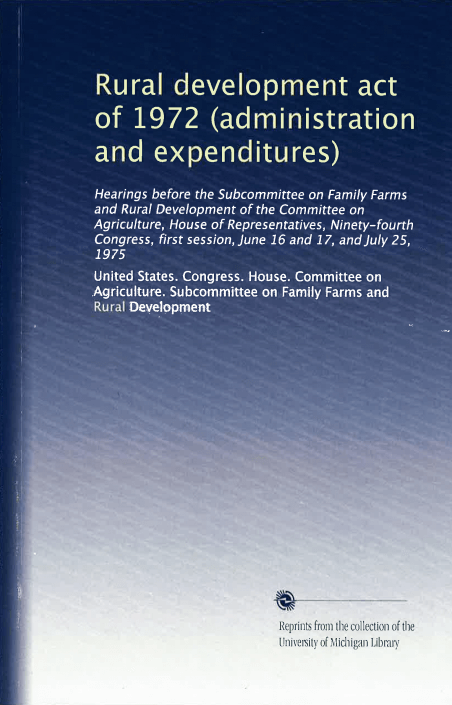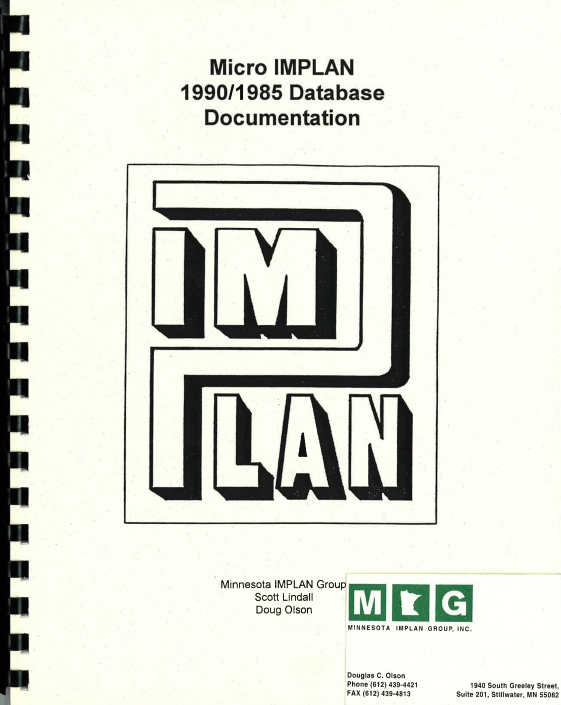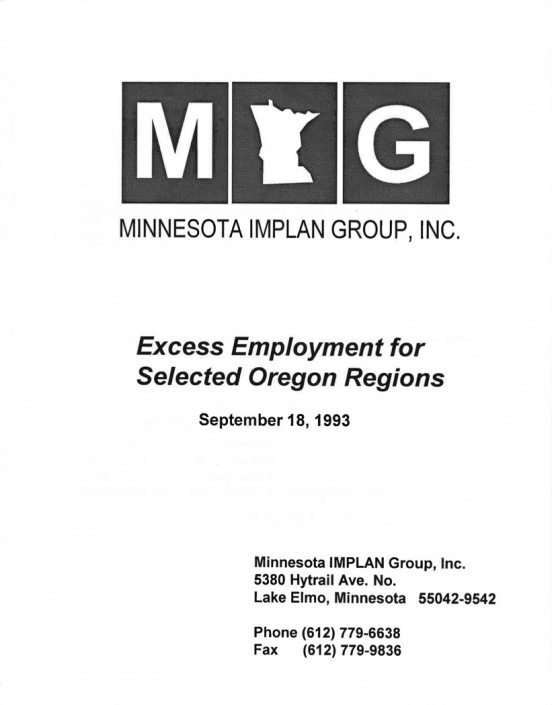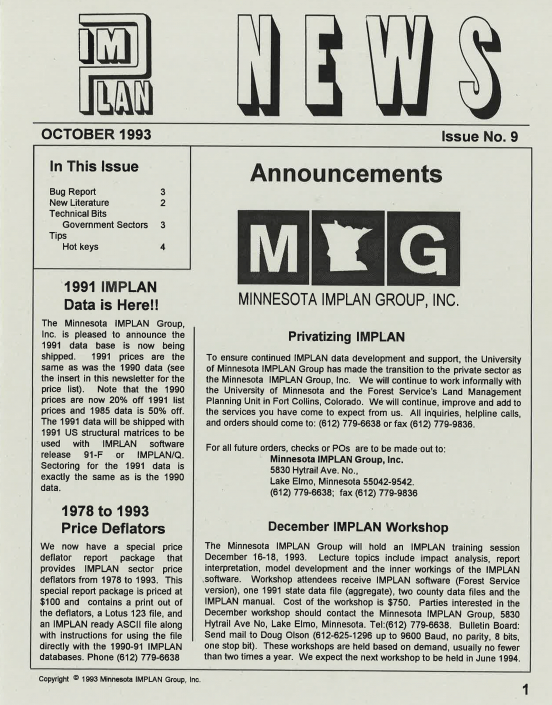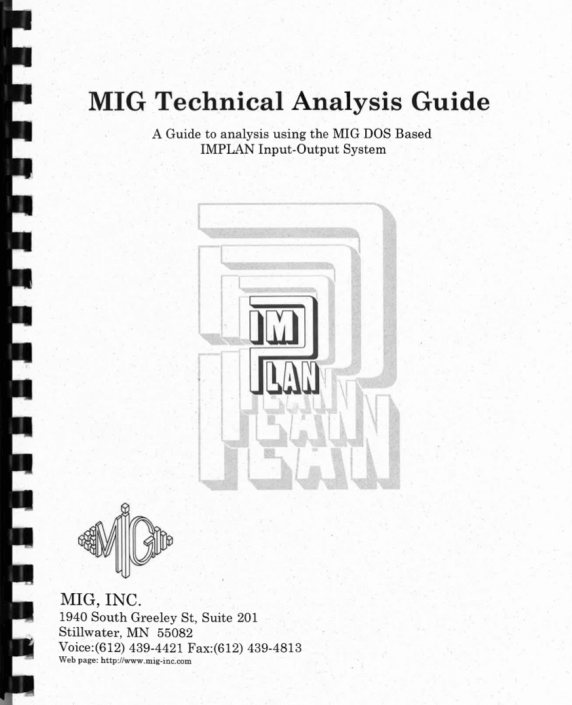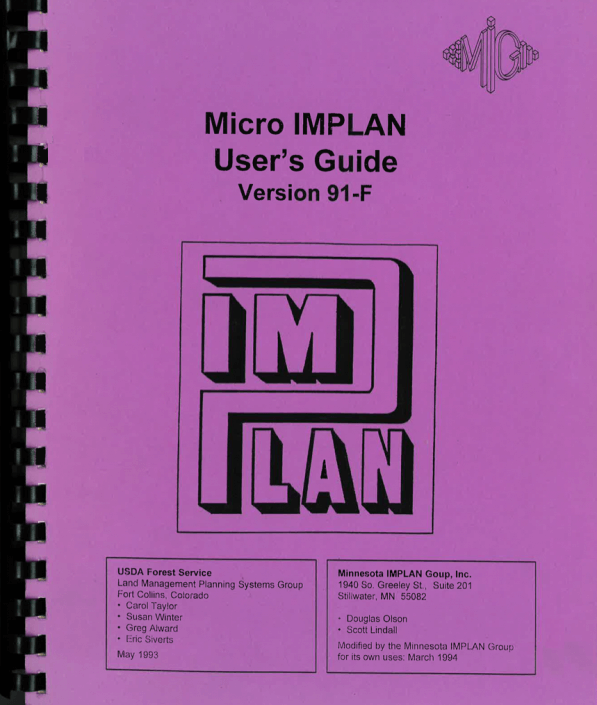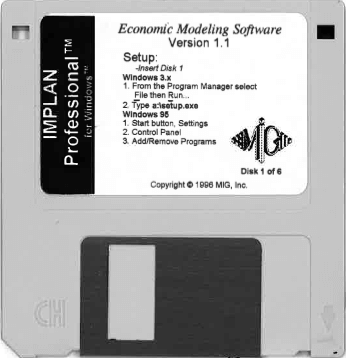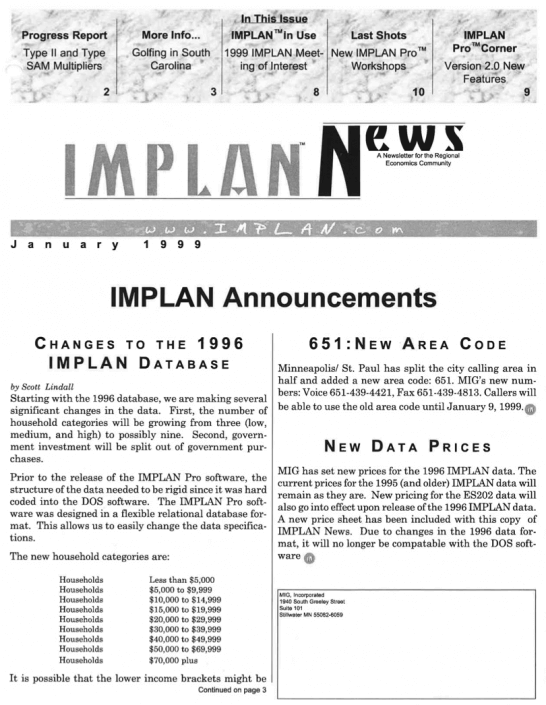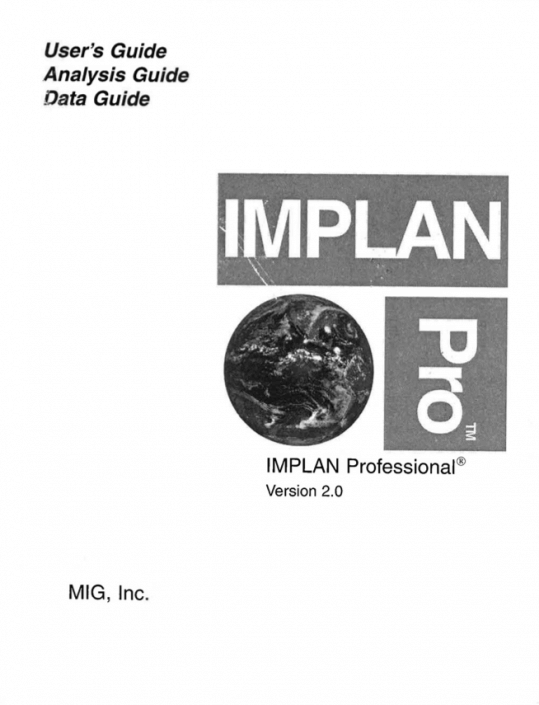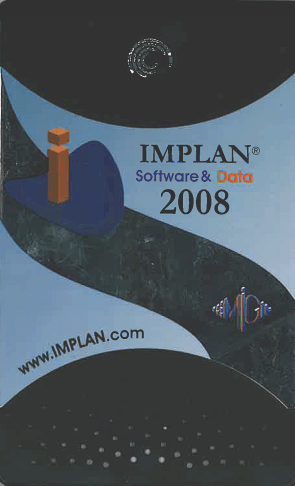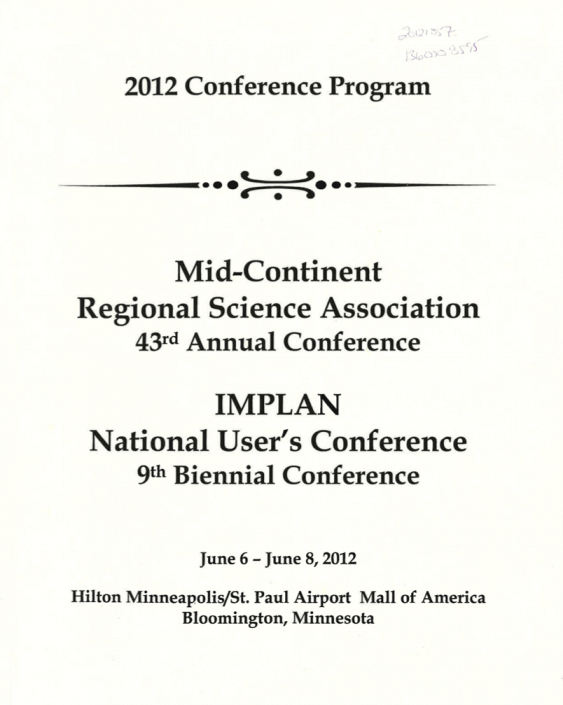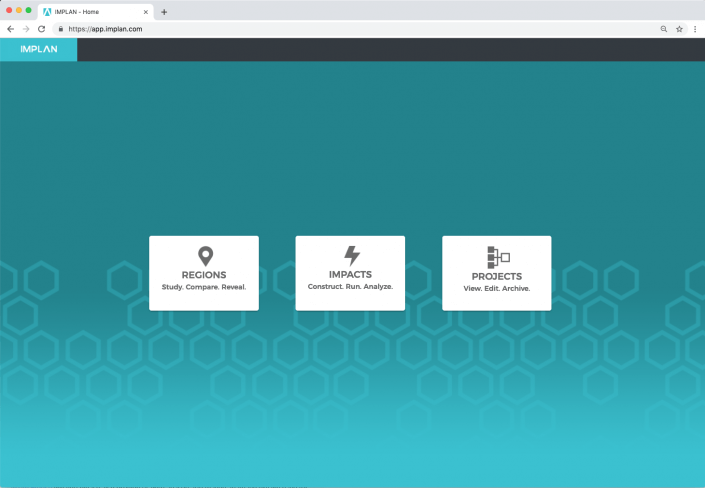WHERE IT ALL STARTED
In the early 1970s, the U.S. government encountered a need for more exhaustive, functional economic statistics. Though effective methods for gathering and reporting national economic data had been established, analysts needed a more advanced system for turning that information into an actionable asset for local economies to put to use.
In 1976, the National Forest Management Act required the United States Forest Service (USFS) to cultivate a 5-year management plan which presented both alternative land management strategies and potential resource outputs and socioeconomic effects on local communities. In cooperation with the Federal Emergency Management Agency (FEMA), the USFS played a role in the creation of two linear programming models: FORPLAN and IMPLAN. FORPLAN (short for “forest planning”) estimated the resource outputs of land management strategies, and IMPLAN (short for “impact analysis for planning”) estimated the economic effects of those resource outputs on local communities. The USFS officially began modeling economic impacts with IMPLAN in 1978 and still does to this day.
It quickly became clear that the USFS’s ad hoc procedures for assembling regional I/O data sets for use with IMPLAN were inefficient to sustain a large-scale nationwide system. So, in 1985, the responsibility for developing IMPLAN data sets shifted to the University of Minnesota. As demand grew for regional models by non-USFS organizations, IMPLAN (then Minnesota IMPLAN Group (MIG, Inc.)) was established as an independent corporation for the purpose of developing and selling all future iterations of the IMPLAN database and software.
With Scott Lindall and Doug Olson at the helm, MIG, Inc. continued to grow and change, developing IMPLAN into the trusted economic impact analysis tool it is today. .
“The Forest Service uses the IMPLAN database and modeling system to carry out economic impact studies of the consequences of Agency decisions and proposed actions and to describe the current economic contribution of natural resource management on the National Forests and Grasslands.”
Ecosystem Management Coordination,
US Forest Service









